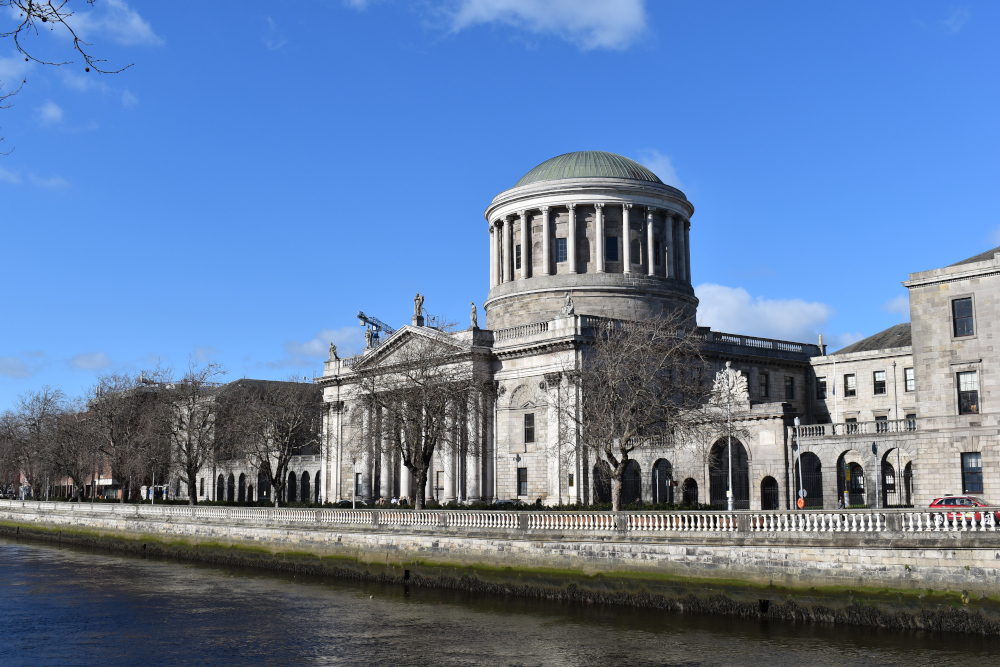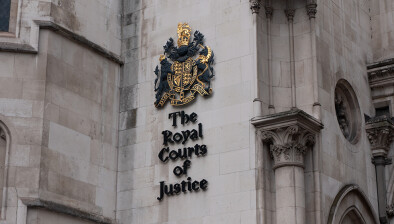High Court: Protected Disclosures Commissioner can exhibit disclosures in aid of his defence

The High Court has permitted the Protected Disclosures Commissioner to exhibit disclosures concerning the Defence Forces, Department of Defence and the Minister for Defence as part of his defence to judicial review proceedings.

About this case:
- Citation:[2025] IEHC 518
- Judgment:
- Court:High Court
- Judge:Ms Justice Nuala Jackson
Delivering judgment for the High Court, Ms Justice Nuala Jackson was satisfied that the Protected Disclosures Commissioner could legitimately rely upon the exceptions to his duty of confidentiality as set out in the Protected Disclosures Act 2014 to safeguard his right of defence by exhibiting the documents in the proceedings.
Background
The applicant applied for judicial review concerning the handling of a protected disclosure by the Protected Disclosures Commissioner (PDC), alleging that the PDC ought not to have made a decision to transmit a protected disclosure made by her to the Secretary General of the Department of Defence, but rather should have accepted the report himself for investigation.
In this regard, the applicant contended that it was explicitly set out to the PDC that the office of the Secretary General was complicit in the reported wrongdoing and its cover-up and that the protected disclosure should not be forwarded to that office.
The applicant further contended that the decision by the PDC to identify the Secretary General as a “suitable person” to follow-up on the protected disclosure was fundamentally flawed, breached the Protected Disclosures Act 2014 and Directive (EU) 2019/1937, breached the principle of nemo iudex in causa sua and the applicant’s constitutional rights to fair procedure and natural justice, and gave the Department of Defence the green light to circumvent scrutiny.
The PDC asserted that he received eight disclosures in January 2024 from multiple reporting persons, which referenced the same three alleged wrongdoers, contained overlapping allegations and demonstrated evident replication.
The PDC further asserted that the reports were considered both individually and cumulatively given their overlapping elements and that it was desirable that the court, when reviewing the PDC’s decision to transmit the reports, would be aware that the reports were part of a number of overlapping reports received contemporaneously concerning related allegations.
In those circumstances, the PDC wished to exhibit the related reports to the affidavit verifying his statement of opposition and sought directions in relation to exhibiting such materials having regard to the duty of confidentiality imposed on the PDC by Directive and the 2014 Act.
The High Court
Ms Justice Jackson considered the functions of the PDC as set out in the 2014 Act, including its duty to identify suitable recipients for reports from whistleblowers for initial assessment and follow-up, and the obligation to accept the report for those purposes himself if a suitable recipient cannot be identified.
The judge noted that the 2014 Act clearly places a duty of confidentiality on the PDC in respect of information which could directly or indirectly disclose the identity of reporting persons, explaining: “The aim and focus of such duty is obvious, being to encourage reporters to come forward and to prevent penalisation.”
The court then set out the exceptions to the duty of confidentiality in s.16(2) of the 2014 Act which were sought to be invoked by the PDC, including where disclosure is a necessary and proportionate obligation imposed by law in the context of investigations or judicial proceedings with a view to safeguarding the rights of defence of the person concerned.
In this regard, the court considered the PDC’s averments and submissions, including inter alia that it was necessary to the PDC’s defence to refer to the context in which it made its decision to transmit the applicant’s report to the office of the Secretary General, and proportionate where the identities of the seven other reporting persons were not relevant to its defence and where it proposed to redact their names and other information likely to identify them.
Ms Justice Jackson confirmed that the requirement of proportionality “requires a balancing of the necessity of the disclosure with the obligations of confidentiality” and was satisfied that the tests of necessity and proportionality were satisfied in relation to the documents sought to be utilised in the PDC’s defence and the manner in which the PDC sought to utilise the documents.
Conclusion
Accordingly, the High Court ordered that the documents could be used in redacted/anonymised form.
O’Rourke v Minister for Defence and The Protected Disclosures Commissioner [2025] IEHC 518









